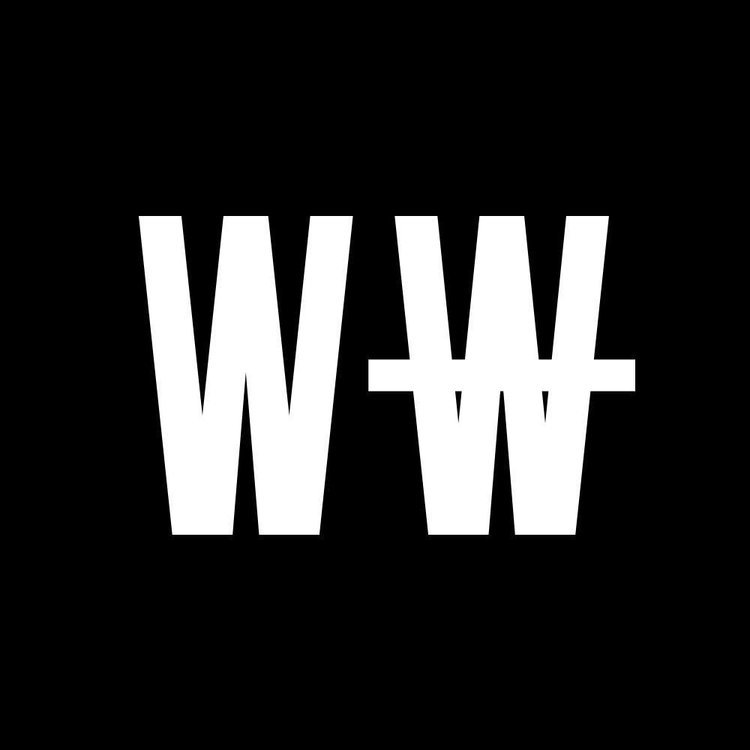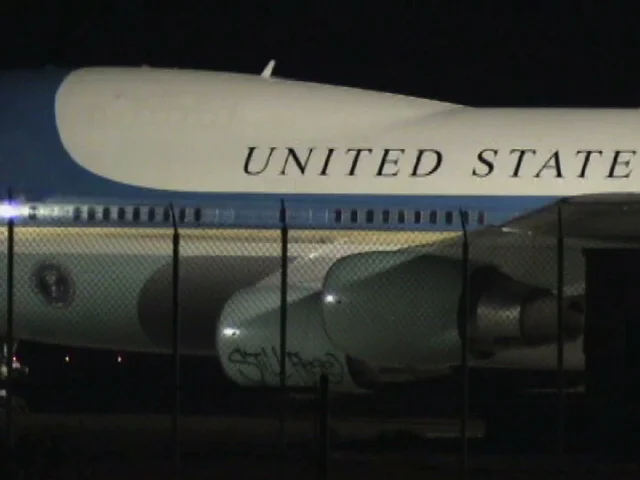Tell us your story! Who is Etan Nechin and how did you get here?
If I could describe where I come from in one word, it would be Fellini-esque. I grew up in an artist village in the northern part of Israel, and when I say a village, I mean that in my regular New York morning commute, there are more people on one subway car than in all of my village. Professionally my first creative gig (music) was with a fringe theater group that years later I also did sound design for. I was 7 and performed on the flute in one of their shows. Even got paid!
I was a professional musician before I started writing. I got injured in a surfing accident and couldn’t play for a year, so I thought to myself, “What the hell else can you do?” So I started writing. My first paid writing gig was for a blog about baby names!
I went to art school in London, concentrating on writing and film. There I wrote for magazines. One of my editors always criticized me because my headlines were too pithy (which I guess was a sign.) When I finished my degree, I met a producer in Berlin who brought me to New York to write a film. That’s how I met fellow WNW member Nathan Avila, who was a Creative Director at a small shop in the city. For some reason, he hired me as a freelance copywriter. That was the first time I was in an office. I was 28.
Advertising was a weird and foreign world to me, but I liked it. After creating a campaign for the movie Ted, they let me go and I started to look for another gig. But I had no real portfolio to speak of. So I found a recruiter at mcgarrybowen online and sent her a postcard I found in a junk shop. I can’t remember what it said, but it was on a cheesy postcard from a Sheraton in Helsinki in the 1970’s. To my surprise I got a call two weeks later. I was at mcgarrybowen for a year and a half, working on campaigns for Verizon, 7up, Droid, and was on the team that won Maserati (yay fast cars!)
So I guess I’m creative by default. It’s like if you come from a family of bankers, or republicans—you just can’t help but becoming one yourself.
How did you start freelancing?
I left mcgarrybowen in December 2014 and have been freelancing ever since. I love freelancing because it allows me to work in amazing shops and do big campaigns, as well as projects that are not advertising-related. I published short stories in literary magazines, which led me to a summer graduate program at the Iowa Writers' Workshop. This year I took some time off advertising to work on a script for a performance-installation piece for the Slovenian Pavilion at the Venice Biennial. It was amazing!
I guess that's what makes me creative, and that’s why I love freelancing so much. Freelancing is not a job—it is a state of mind. It’s getting excited every time you step into a new unknown office, not really sure what you’ll be working on, not really knowing the culture of the place, not knowing who your partner is. It keeps me on my toes, and lets me challenge myself creatively. That’s how I find inspiration: by meeting new people, discovering new ways of thinking, and finding new ways of communicating to different audiences, from car enthusiasts to upper-middle-class Chinese families (I worked on a pitch for a Sony handheld camera for the Chinese market.) I can’t fathom going full-time ever again.
With your artistic background, how does advertising fit in?
Advertising for me is a great hybrid of creativity and communication. It is a challenge to find that right balance between being insular or too broad. That is what I try to do in my work.
What are some of your favorite things you've worked on?
I am always looking for the next project that will excite me. My two favorite advertising projects couldn’t be more dissimilar. The first is a sound installation I did for Maserati, and the second is a campaign that was a spoof on the Winter Olympics starring Kevin Hart.
Enough of the professional stuff, what do you do when you're not hustling?
When I’m not working I surf, travel, grow tomatoes on my roof, and try to learn new languages. At the moment it’s Spanish. It’s going muy mal.





















